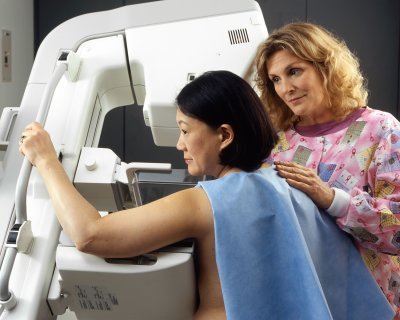Things to Consider When Selecting a High Content Imaging System

High content screening refers to a well-established approach used for analyzing cellular events and multi-parametric visualization. From the time it was introduced high content imaging systems have kept on evolving with a lot of improvements that make it possible to meet the demands of a user in a more flexible manner. Today the high content imaging systems play a crucial analytical role when it comes to cell-based assays as well as screening lands and a wide range of available high content imaging systems. Knowing the importance of a system like that and the contribution that it makes in ongoing laboratory research, you may be wondering how best to select an HCI system for one’s project. There are certain things that you need to take into account when selecting a high content imaging system.
Image quality is a crucial consideration. At its basics, a high content imaging system is considered the first fluorescent microscope, and therefore the quality of the image produced by it is the most crucial characteristic to take into account. When doing a scan for so many samples at high speeds, it is crucial that you take note of the fact that speed should not be prioritized at the expense of quality. Idea focus to provide good quality and image sharpness are crucial qualities. They help to attain publication grade images and also allow extraction of reliable as well as proper information from the produced images. With sharp images accurate as well as reliable segmentation is possible and this reduces the statistical mistakes made in automated image analysis that accompanies HCS. Image quality and sharpness is affected in a substantial manner by the autofocus technology quality as well as the system’s optical path,
Motion accuracy is a vital consideration. HCI entails rapid scanning or many plates at numerous time points. In the process of monitoring individual cells and a dynamic process over time, an important aspect is the scanner’s accuracy. A normally eukaryotic cell usually varies in size. When you work with high NA which is numerical aperture and high magnification objective it is advisable that you ensure that similar cells are imaged as well as monitored in every imaging cycle. A requirement like that implies that the scanner’s positioning accuracy that holds the objective is supposed to be high. With high precision, it is important to make sure that the objectives revisit a similar spot in a repeated manner.
Acquisition speed is a crucial consideration. The phrase time is money takes a different meaning in relation to compound screens of many different chemicals or the combination that they make. A massive screen like that entails a comprehensive scan of the whole plate, which is then followed by an automated image analysis of each sample at a particular tome. This issue has acute importance in large pharma companies involved in huge drug screening campaigns. This issue is also significant in academic laboratories or even core institutions that serve many laboratories in a simultaneous manner. Read more about content imaging here.
